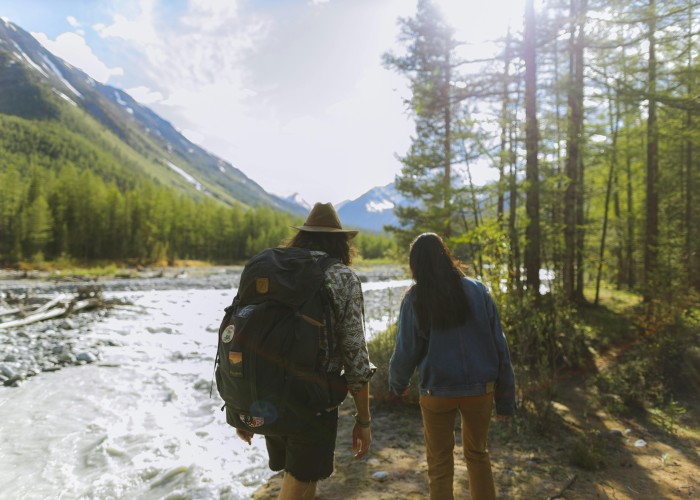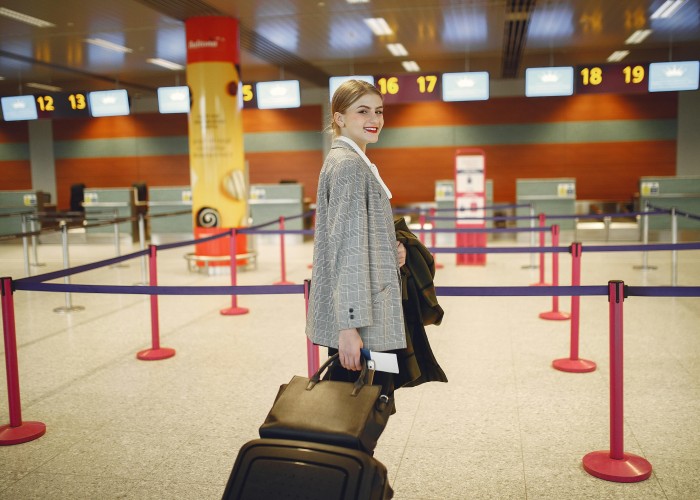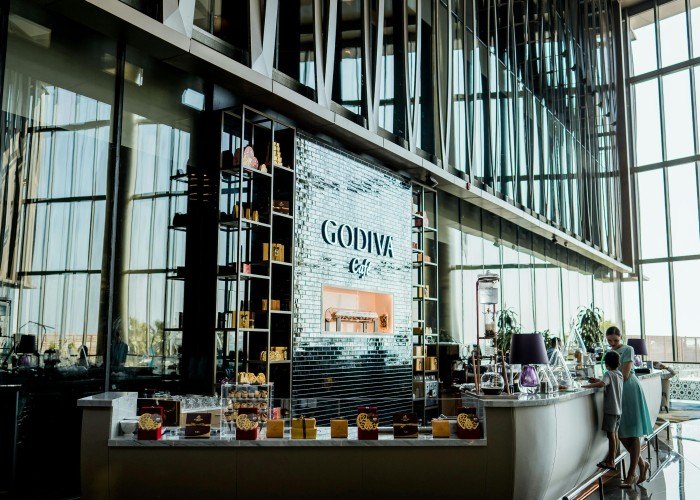The Triglav National Park trek is a majestic hiking adventure threaded through the heart of the Slovenian Alps. Centered around Mount Triglav, Slovenia’s highest peak, the trek explores alpine meadows, glacial valleys, lush forests, and crystal rivers. Located in northwest Slovenia, the park spans over 880 square kilometers, combining towering peaks, lakes like Bohinj and Bled, and a rich blend of Slavic and Alpine culture. Triglav National Park Trek.
This trail is treasured for its diverse landscapes and authentic local character. It draws readers from the USA, UK, Australia, and Germany who want challenging beauty, safe hiking, and a chance to connect with pristine nature without the crowds of more famous alpine areas.
Best Time to Visit
Picking the right season ensures an enjoyable trek:
- Summer (June to September): The most popular window. Trails are clear, huts are open, and wildflowers glow.
- Late Spring (May to early June): Quiet and fresh—but some high paths may still carry snow.
- Early Autumn (late September): Cooler air, fiery foliage, and fewer hikers, yet weather remains stable.
- Winter (November to April): Not ideal unless you have experience in snow and glacier travel. Trails may be frozen and inaccessible.
Ideal months: late June through early September for the best mix of accessibility and natural beauty.
How to Reach
Getting to Triglav National Park is straightforward and scenic:
By Air
Fly into Ljubljana, Slovenia’s capital. It connects regularly with major European airports. From there, rent a car or take bus/train services to towns like Bled, Bohinj, or Kranjska Gora.
By Train or Bus
Slovenia’s rail and bus network is efficient. You can ride from Ljubljana to Jesenice, Bled, or Bohinj—popular trailheads for the park.
By Road
Driving gives flexibility. Parking is available in trail gateway towns. Slovenia’s roads are well‑maintained and scenic, offering freedom for side trips and remote trail starts.
Entry Fees and Permits
There is no general entry fee or permit to join trails inside Triglav National Park. It is free to hike and explore—subject to change. However, consider:
- Charges for overnight stays in mountain huts or local accommodations.
- Private cable cars or lifts (like to Mount Vogel or Vogel chairlift) may carry fees.
- Always have local currency or cards for incidental costs like meals or hut bookings.
Food Availability and Meal Options During the Trek
Several tasty and convenient options keep you fueled on the trail:
- Mountain huts (planinske koče): Offer hearty meals—soups, stews, local meats, cheeses, homemade pastries, and hot drinks.
- Village restaurants and cafes: In trail towns like Bohinj, Bled, or Mojstrana, you’ll find Slovenian trout, hearty stews, soups, and fresh bread.
- Self‑sufficiency: Carry snacks such as trail mix, dried fruit, cheese, and bread for remote parts.
- Water sources: Springs and streams are common. Purify water before drinking using tablets or filters.
Packing List and Essentials
Smart packing keeps you safe, well‑prepared, and light on your feet:
- Solid hiking boots—well‑broken in and supportive
- Moisture‑wicking layers—base layer, insulating mid‑layer, and waterproof outer layer
- Lightweight hat, gloves, and warm mid‑layer for alpine weather
- Sunglasses and sunscreen for high‑altitude sun exposure
- Trekking poles to help with steep or rocky sections
- Daypack (20–30 liters) with rain cover
- Water bottles or hydration bladder (1.5–2 liters)
- Water purification tablets or a small filter
- High‑energy snacks: nuts, energy bars, cheese, dried fruit
- Small first aid kit: blister supplies, pain relief, disinfectant
- Headlamp or flashlight
- Detailed map or GPS device (trails are marked, but backup is wise)
- Phone and power bank
- Lightweight sleeping liner if staying in huts
Safety Tips and Local Regulations
Ensuring safety means more time to enjoy the views:
- Stay on designated trails: Signs and red‑white trail markers guide your path.
- Watch the weather: Alpine conditions can shift fast. Check updates each morning.
- Trail terrain: Expect steep passages, scree sections, and uneven surfaces—go steady.
- Emergency number: Dial 112 in Slovenia for urgent rescue needs.
- Local rules: Camping is allowed only in designated areas. Follow hut regulations and respect quiet hours. Triglav National Park Trek.
- Leave no trace: Carry out all waste and respect the fragile alpine environment.
- Wildlife: Stay peaceful and do not feed or disturb animals.
- Hut etiquette: Book well ahead in high season, and keep shared sleeping spaces quiet.
Tips for Beginners or First‑Time Visitors
First long hike? Here are some solid starter tips:
- Start with a single‑day hike: Try a lakeside walk at Bohinj or around Bled to test your legs at altitude.
- Train on hills: Build strength and stamina with stair climbs or local hikes before going alpine.
- Go slow: Take breaks often, hydrate well, and enjoy the view.
- Use huts for comfort: Sleeping in huts gives rest, meals, and shelter.
- Plan realistic daily distances: Alpine terrain slows pace—account for elevation, not just kilometers.
- Share your itinerary: Tell someone when and where you plan to hike, especially in remote areas.
Local Customs or Cultural Etiquette
A bit of respect goes a long way in making your hike more rewarding:
- Greet locals and hut wardens with “Dober dan” (good day).
- Tip modestly; it’s appreciated but not required.
- Quiet hours in huts and villages usually begin around 10 pm.
- Feel free to join others at table in huts—it encourages conversation and builds connection.
- Avoid stepping on protected alpine vegetation—stay on paths.
- Take your trash with you and keep campsites tidy.
FAQ Section (High‑Search Keywords for SEO)
How long is the Triglav National Park Trek?
Routes vary. A full loop around Triglav, like the Seven Lakes Trail, may take 5 to 7 days. Day hikes around lakes or to mountain lodges can be done in a few hours.
What is the difficulty level?
Moderate to challenging. Expect steep climbs, rocky paths, and elevation gain—no technical climbing, but solid fitness helps.
What is the altitude range?
Trails range from 500 meters in valleys to over 2,500 meters on high passes like the Vršič Pass.
Are restrooms available on the trek?
Yes. Mountain huts and park visitor points offer basic facilities. Bring toilet paper and hand sanitizer just in case.
Can I refill water during the trek?
Yes. Numerous streams and taps are on trailheads and huts. Always purify before drinking. Triglav National Park Trek.
Do I need a permit or fee?
No permit is required for trail access. However, huts or cable cars may charge fees.
When is the best time to walk in Triglav National Park?
Late June to early September gives best trail conditions, open huts, and longer daylight.
Is camping allowed?
Only in defined camping zones within the park. Staying in huts or local lodges is common and safest.
Do I need a guide?
Not essential. Trails are marked well. Yet, guides can offer valuable local insight for first-time visitors or longer routes.
How do I reach trail access towns?
Fly into Ljubljana. Then take train or bus to Bled, Bohinj, or Kranjska Gora. These towns serve as gateways to the park. Triglav National Park Trek.






Leave a Reply